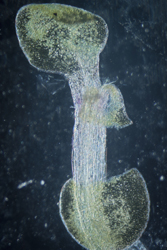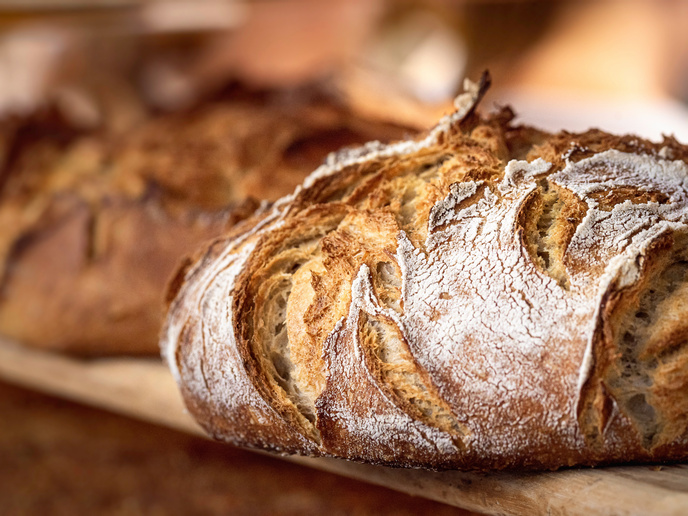Plant vascular tissue development
The plant consists of three major tissues called epidermal, ground and vascular tissues. These tissues are established early during embryogenesis. Virtually nothing is known about how these tissues are initially specified in the embryo. The project 'The role of bHLH transcription factors during embryo root initiation' (BHLH-NETWORKS) led to significant insights into how the vascular tissue is initiated in the embryo and how this tissue is maintained in a model of growing Arabidopsis thaliana. Plants have the potential for sustained (indeterminate) post-embryonic growth. After specification in the early embryo, precursor cells establish the tissues and maintain them post-embryonically. Researchers identified a basic helix–loop–helix (bHLH) transcription factor dimer as a critical regulator of vascular development. It was shown that the dimer operates independently of tissue identity, but is restricted to a small vascular tissue domain by the interacting bHLH proteins. Project researchers found a common mechanism for tissue establishment and indeterminate vascular development. The results of the work were recently published in the high-impact journal Developmental Cell.







